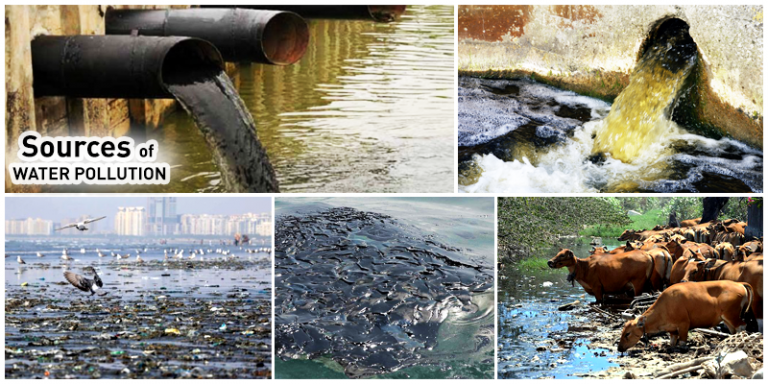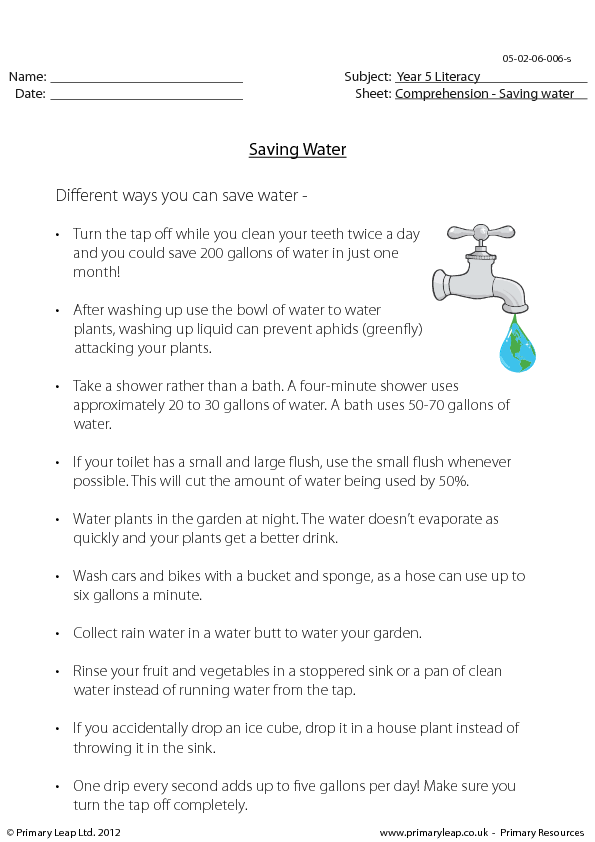Table of Content
There are a few different ways to clean a saxophone with water. You can use a soft cloth and a bowl of water, or you can use a spray bottle. Whichever method you choose, be sure to dry the saxophone completely before you put it away. Cleaning your saxophone with water is important to keep the instrument in good condition.
Many beautiful shrubs and plants thrive with far less watering than other species. Replace herbaceous perennial borders with native plants. Consumer products are an often-overlooked source of water use, accounting for up to a third of most people’s water footprint. Buying less of everything—from clothing to electronics to household goods—can dramatically decrease your water footprint. It’s easy and inexpensive to insulate your water pipes with pre-slit foam pipe insulation.
How Often Should You Clean Your Saxophone
Since filtration does not deplete all the mineral salts, water that has been filtered is considered healthier compared to water purified using other methods. It’s one of the effective water purification methods that utilize chemical absorption process that effectively removes unwanted compounds from water. Chlorine is a powerful chemical that has been in use for many years to treat water for home consumption.

Replacing an old toilet with an ultra-low volume 1.6 gallon flush model represents a 70% savings in water and will cut indoor water use by about 30%. More water can be used when it’s needed, but for most flushes you’ll be using 70% less, adding up to some significant water savings. It is very important that you plan for your water needs as potable water may not always be available, especially in backcountry and wilderness areas. “Potable water” is clean water that’s safe to drink, brush your teeth with, wash your hands with, and use for preparing food.
Chemical Filtration
However, slow sand filters have a low filtration rate, and a proportional land area is required for the optimal treatment of drinking water. It is a good idea to rinse the mouthpiece with cold water after it has been cleaned. If your toothbrush has lime deposits , you can gently rub them with a cup of white vinegar. To soften the gunk, soak the entire mouthpiece in water and a mild detergent before removing it. Hard rubber mouthpieces should not be used in water that is warm or cold.
If you use grey water in your landscape, be sure to use only eco-friendly and plant-based soaps and cleaners in your home so you’re not dousing your plants with industrial chemicals. This method is effective in removing bacteria, germs, salts and other heavy metals such as lead, mercury and arsenic. Distillation is ideal for people who have access to raw, untreated water. A notable disadvantage is that it is a slow process of water purification. In addition, it requires a heat source for the purification to work.
Turn the faucet off while you brush or shave.
Purifying water involves filtering to remove large particles and treating by boiling or with chemicals to kill organisms such as bacteria, viruses and parasites. Purifying water can be done through a variety of methods, like using a filter, treating with chemicals, or boiling. Water should be purified whenever you have reason to believe that it could be contaminated. Typically, this is necessary if you are camping in the wilderness or your home water source has been compromised. Whatever the reason, purifying water will remove any sediments and contaminants, as well as kill any germs, so that you can enjoy clean water without worrying about getting sick.

For example, don’t let it run while brushing teeth or any other time if not actually collecting water for use. Chances are you have watering restrictions and it’s going to happen anyway. The good news is that most new appliances are energy and water efficient so it’s not hard to find water-conservation appliances. For nearly 30 years now, Schultz Soft Water and Kinetico has been providing the central Minnesota community with the best water treatment equipment available on the market.
Don’t overwater your lawn or water during peak periods, and install rain sensors on irrigation systems. Install a dual flush or low flow toilet or put a conversion kit on your existing toilet. Collect water from areas of moving water in rivers and streams, or the top few inches of a lake.
That reduces the amount evaporated, allowing the soil and grass to absorb more water. In addition to saving water, faucet aerators also prevent splashing and create the perception of increased water pressure. You can purchase faucet aerators at most home improvement stores for $5 to $10 a piece.
For trees and woody shrubs, consider deep watering with slow-delivery irrigation like tree-ring soaker hose. Be sure to avoid over-watering plants and shrubs, since this can diminish plant health and cause yellowing of the leaves. When hand watering, use a variable spray nozzle for targeted watering. If you use an irrigation system, check that it’s operating correctly toward the beginning and end of each season. Clear any visible clogs, and adjust the settings according to the needs of your plants and the time of year. Plants will need less water in cooler weather and more in hotter weather, and correct settings will not only save water but ensure that plants are getting the right amounts.

If you don’t have a strainer, pour the water into a container and let it settle for 1-2 hours. Skin lightweight particles off the surface of the water, then gently pour the water into a clean bowl or jar. Stop pouring before you get to the bottom so the heavier sediment will be left behind. Keep in mind that these methods will not remove pathogens or heavy metals from the water.
Common chemicals used in this step include specific types of salts, aluminum, or iron. If you don’t want to filter your own water or buy a pitcher with a filter, you can always drink bottled water. This is a great option if you’re on the go or if you don’t have access to clean water at home. Remember – it takes time to prepare your water for drinking. Plan ahead so it’s ready for drinking before you get thirsty, especially in hot weather.

It is best to clean a saxophone mouthpiece with cold or lukewarm water. Every three months, it is recommended that you brush your teeth for a few minutes. After thoroughly washing the mouthpiece with warm, soapy water, it is a good idea to clean the outside.
In practice, many real-world filters incorporate two or more filtration methods to remove more impurities than a single method would alone. When buying low-flow aerators, be sure to read the label for the actual ‘gpm’ rating. Often, the big box retailers promote “low-flow” which are rated at 2.5 gpm, which is at the top of the low-flow spectrum. Eartheasy’s online store carries a full range of low-flow aerators and showerheads.
Over time, this can build up and affect the sound of your instrument. That’s why it’s important to clean your instrument regularly. For most instruments, you can use a soft cloth and a mild soap to wipe down the surface. Water will remove any built-up residue and help to keep the instrument clean.

No comments:
Post a Comment